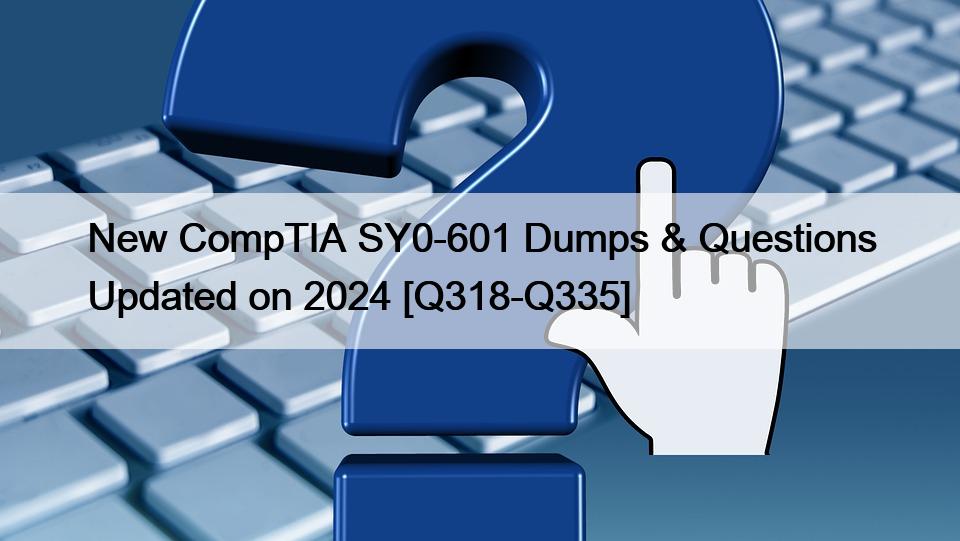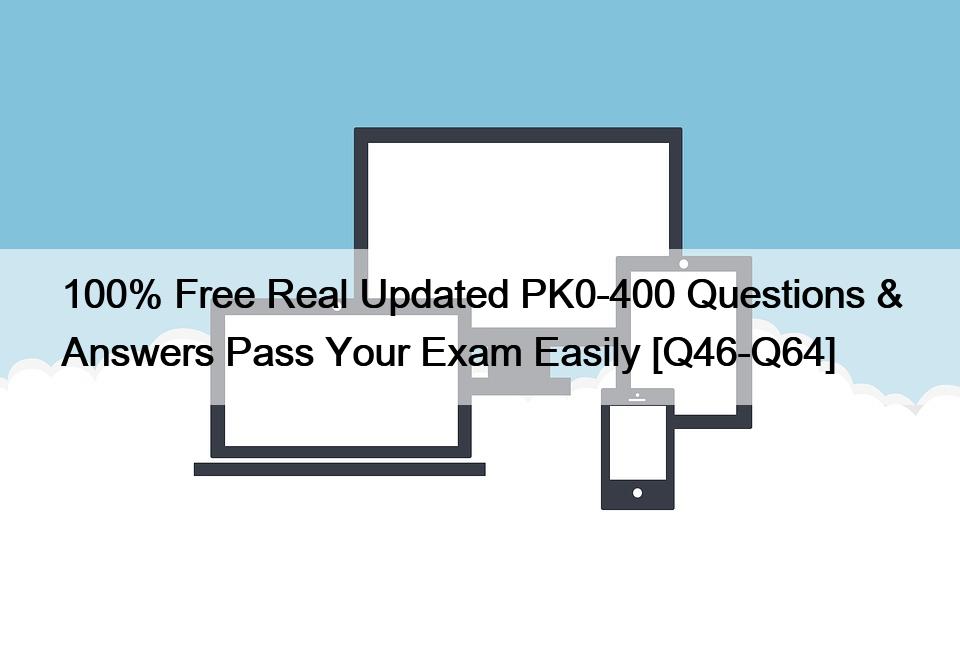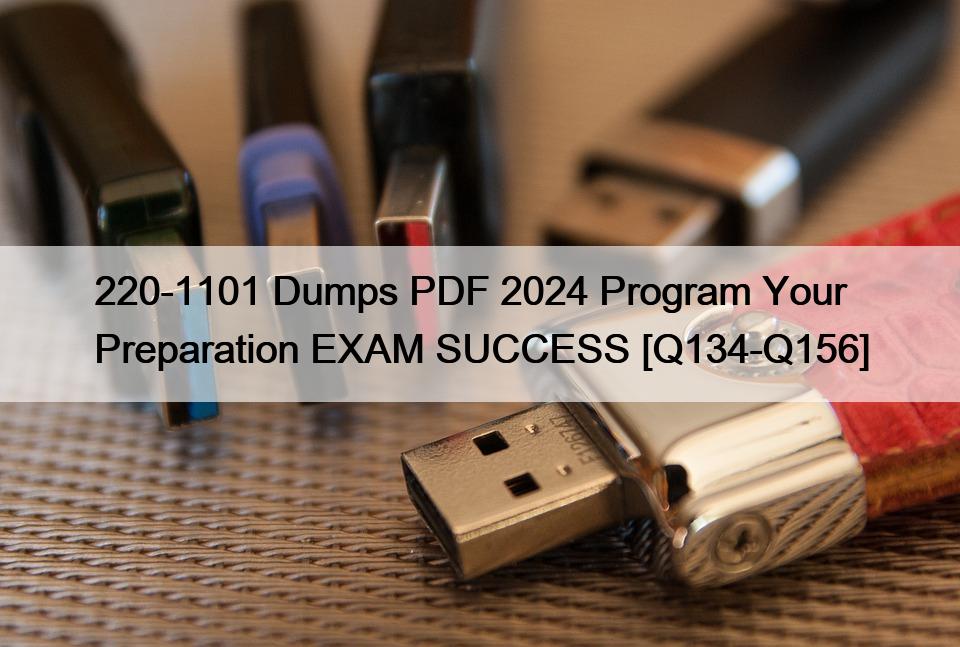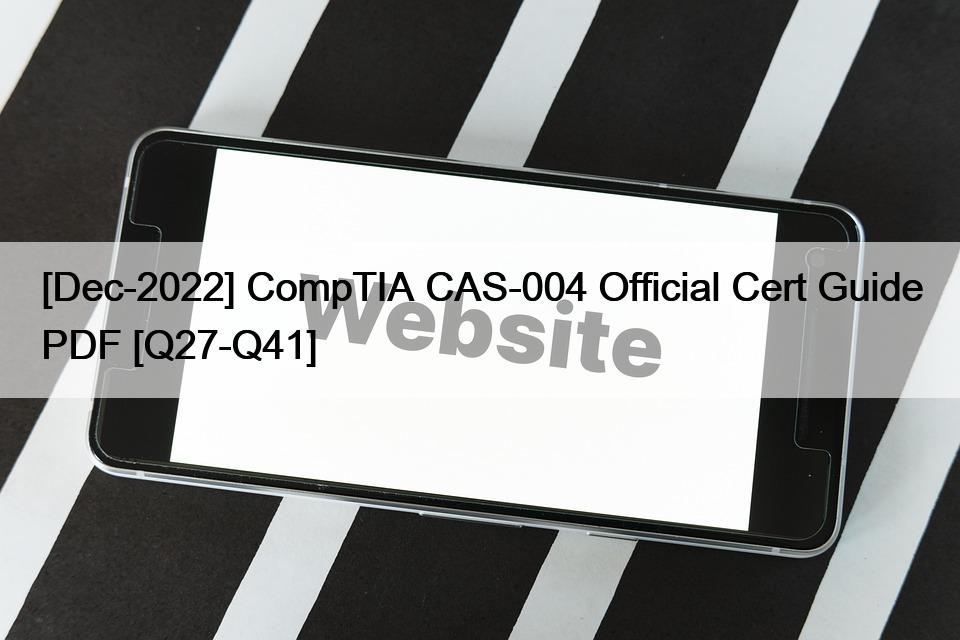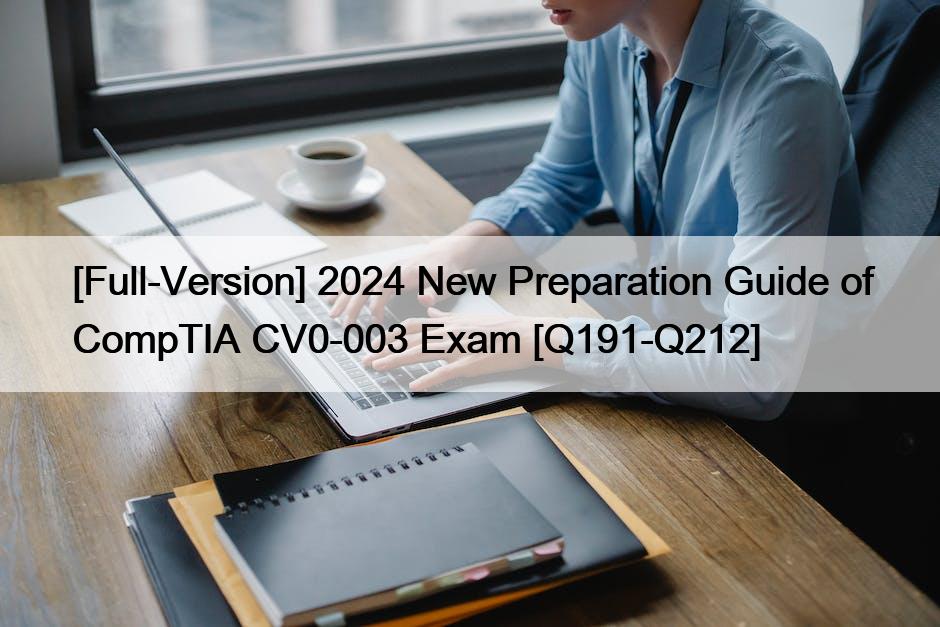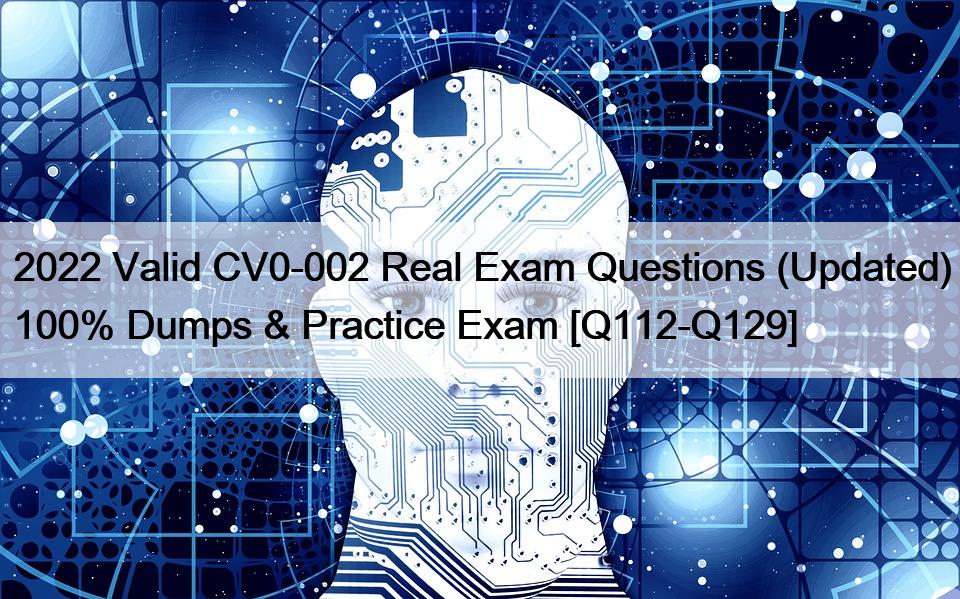| Topic |
Details |
Cloud Architecture and Design – 13%
|
| Compare and contrast the different types of cloud models. |
– Deployment models
- Public
- Private
- Hybrid
- Community
- Cloud within a cloud
- Multicloud
- Multitenancy
– Service models
- Infrastructure as a Service (IaaS)
- Platform as a Service (PaaS)
- Software as a Service (SaaS)
– Advanced cloud services
- Internet of Things (IoT)
- Serverless
- Machine learning/Artificial intelligence (AI)
– Shared responsibility model
|
| Explain the factors that contribute to capacity planning. |
– Requirements
- Hardware
- Software
- Budgetary
- Business need analysis
– Standard templates
- Per-user
- Socket-based
- Volume-based
- Core-based
- Subscription
– Licensing
– User density
– System load
– Trend analysis
- Baselines
- Patterns
- Anomalies
– Performance capacity planning
|
| Explain the importance of high availability and scaling in cloud environments. |
– Hypervisors
– Oversubscription
– Regions and zones
– Applications
– Containers
– Clusters
– High availability of network functions
- Switches
- Routers
- Load balancers
- Firewalls
– Avoid single points of failure
– Scalability
- Auto-scaling
- Horizontal scaling
- Vertical scaling
- Cloud bursting
|
| Given a scenario, analyze the solution design in support of the business requirements. |
– Requirement analysis
- Software
- Hardware
- Integration
- Budgetary
- Compliance
- Service-level agreement (SLA)
- User and business needs
- Security
- Network requirements
1. Sizing
2. Subnetting
3. Routing
– Environments
- Development
- Quality assurance (QA)
- Staging
- Blue-green
- Production
- Disaster recovery (DR)
– Testing techniques
- Vulnerability testing
- Penetration testing
- Performance testing
- Regression testing
- Functional testing
- Usability testing
|
Security – 20%
|
| Given a scenario, configure identity and access management. |
– Identification and authorization
- Privileged access management
- Logical access management
- Account life-cycle management
1. Provision and deprovision accounts
- Access controls
1. Role-based
2. Discretionary
3. Non-discretionary
4. Mandatory
– Directory services
- Lightweight directory access protocol (LDAP)
– Federation
– Certificate management
– Multifactor authentication (MFA)
– Single sign-on (SSO)
- Security assertion markup language (SAML)
– Public key infrastructure (PKI)
– Secret management
– Key management
|
| Given a scenario, secure a network in a cloud environment. |
– Network segmentation
- Virtual LAN (VLAN)/Virtual extensible LAN (VXLAN)/Generic network virtualization encapsulation (GENEVE)
- Micro-segmentation
- Tiering
– Protocols
- Domain name service (DNS)
1. DNS over HTTPS (DoH)/DNS over TLS (DoT)
2. DNS security (DNSSEC)
- Network time protocol (NTP)
1. Network time security (NTS)
- Encryption
1. IPSec
2. Transport layer security (TLS)
3. Hypertext transfer protocol secure (HTTPS)
- Tunneling
1. Secure Shell (SSH)
2. Layer 2 tunneling protocol (L2TP)/Point-to-point tunneling protocol (PPTP)
3. Generic routing encapsulation (GRE)
– Network services
- Firewalls
1. Stateful
2. Stateless
- Web application firewall (WAF)
- Application delivery controller (ADC)
- Intrusion protection system (IPS)/Intrusion detection system (IDS)
- Data loss prevention (DLP)
- Network access control (NAC)
- Packet brokers
– Log and event monitoring
– Network flows
– Hardening and configuration changes
- Disabling unnecessary ports and services
- Disabling weak protocols and ciphers
- Firmware upgrades
- Control ingress and egress traffic
1. Allow list (previously known as whitelisting) or blocklist (previously known as blacklisting)
2. Proxy servers
- Distributed denial of service (DDoS) protection
|
| Given a scenario, apply the appropriate OS and application security controls. |
– Policies
- Password complexity
- Account lockout
- Application approved list (previously known as whitelisting)
- Software feature
- User/group
– User permissions
– Antivirus/anti-malware/endpoint detection and response (EDR)
– Host-based IDS (HIDS)/Host-based IPS (HIPS)
– Hardened baselines
– File integrity
– Log and event monitoring
– Configuration management
– Builds
- Stable
- Long-term support (LTS)
- Beta
- Canary
– Operating system (OS) upgrades
– Encryption
- Application programming interface (API) endpoint
- Application
- OS
- Storage
- Filesystem
– Mandatory access control
– Software firewall
|
| Given a scenario, apply data security and compliance controls in cloud environments. |
– Encryption
– Integrity
- Hashing algorithms
- Digital signatures
- File integrity monitoring (FIM)
– Classification
– Segmentation
– Access control
– Impact of laws and regulations
– Records management
- Versioning
- Retention
- Destruction
- Write once read many
– Data loss prevention (DLP)
– Cloud access security broker (CASB)
|
| Given a scenario, implement measures to meet security requirements. |
– Tools
- Vulnerability scanners
- Port scanners
– Vulnerability assessment
- Default and common credential scans
- Credentialed scans
- Network-based scans
- Agent-based scans
- Service availabilities
– Security patches
- Hot fixes
- Scheduled updates
- Virtual patches
- Signature updates
- Rollups
– Risk register
– Prioritization of patch application
– Deactivate default accounts
– Impacts of security tools on systems and services
– Effects of cloud service models on security implementation
|
| Explain the importance of incident response procedures. |
– Preparation
- Documentation
- Call trees
- Training
- Tabletops
- Documented incident types/categories
- Roles and responsibilities
– Incident response procedures
- Identification
1. Scope
- Investigation
- Containment, eradication, and recovery
1. Isolation
2. Evidence acquisition
3. Chain of custody
4. Root cause analysis
- Post-incident and lessons learned
|
Deployment – 23%
|
| Given a scenario, integrate components into a cloud solution. |
– Subscription services
- File subscriptions
- Communications
1. Email
2. Voice over IP (VoIP)
3. Messaging
- Collaboration
- Virtual desktop infrastructure (VDI)
- Directory and identity services
- Cloud resources
1. IaaS
2. PaaS
3. SaaS
– Provisioning resources
– Application
– Deploying virtual machines (VMs) and custom images
– Templates
- OS templates
- Solution templates
– Identity management
– Containers
- Configure variables
- Configure secrets
- Persistent storage
– Auto-scaling
– Post-deployment validation
|
| Given a scenario, provision storage in cloud environments. |
– Types
- Block
1. Storage area network (SAN)
– Zoning
- File
1. Network attached storage (NAS)
- Object
1. Tenants
2. Buckets
– Tiers
- Flash
- Hybrid
- Spinning disks
- Long-term
– Input/output operations per second (IOPS) and read/write
– Protocols
- Network file system (NFS)
- Common Internet file system (CIFS)
- Internet small computer system interface (iSCSI)
- Fibre Channel (FC)
- Non-volatile memory express over fabrics (NVMe-oF)
– Redundant array of inexpensive disks (RAID)
– Storage system features
- Compression
- Deduplication
- Thin provisioning
- Thick provisioning
- Replication
– User quotas
– Hyperconverged
– Software-defined storage (SDS)
|
| Given a scenario, deploy cloud networking solutions. |
– Services
- Dynamic host configuration protocol (DHCP)
- NTP
- DNS
- Content delivery network (CDN)
- IP address management (IPAM)
– Virtual private networks (VPNs)
- Site-to-site
- Point-to-point
- Point-to-site
- IPSec
- Multiprotocol label switching (MPLS)
– Virtual routing
- Dynamic and static routing
- Virtual network interface controller (vNIC)
- Subnetting
– Network appliances
– Virtual private cloud (VPC)
– VLAN/VXLAN/GENEVE
– Single root input/output virtualization (SR-IOV)
– Software-defined network (SDN)
|
| Given a scenario, configure the appropriate compute sizing for a deployment. |
– Virtualization
- Hypervisors
1. Type 1
2. Type 2
- Simultaneous multi-threading (SMT)
- Dynamic allocations
- Oversubscription
– Central processing unit (CPU)/virtual CPU (vCPU)
– Graphics processing unit (GPU)
- Virtual
1. Shared
- Pass-through
– Clock speed/Instructions per cycle (IPC)
– Hyperconverged
– Memory
- Dynamic allocation
- Ballooning
|
| Given a scenario, perform cloud migrations. |
– Physical to virtual (P2V)
– Virtual to virtual (V2V)
– Cloud-to-cloud migrations
- Vendor lock-in
- PaaS or SaaS migrations
1. Access control lists (ACLs)
2. Firewalls
– Storage migrations
– Database migrations
- Cross-service migrations
- Relational
- Non-relational
|
Operations and Support – 22%
|
| Given a scenario, configure logging, monitoring, and alerting to maintain operational status. |
– Logging
- Collectors
1. Simple network management protocol (SNMP)
2. Syslog
- Analysis
- Severity categorization
- Audits
- Types
1. Access/authentication
2. System
3. Application
- Automation
- Trending
– Monitoring
- Baselines
- Thresholds
- Tagging
- Log scrubbing
- Performance monitoring
1. Application
2. Infrastructure components
- Resource utilization
- Availability
1. SLA-defined uptime requirements
- Verification of continuous monitoring activities
- Service management tool integration
– Alerting
- Common messaging methods
- Enable/disable alerts
1. Maintenance mode
- Appropriate responses
- Policies for categorizing and communicating alerts
|
| Given a scenario, maintain efficient operation of a cloud environment. |
– Confirm completion of backups
– Life-cycle management
- Roadmaps
- Old/current/new versions
- Upgrading and migrating systems
- Deprecations or end of life
– Change management
– Asset management
- Configuration management database (CMDB)
– Patching
- Features or enhancements
- Fixes for broken or critical infrastructure or applications
- Scope of cloud elements to be patched
1. Hypervisors
2. VMs
3. Virtual appliances
4. Networking components
5. Applications
6. Storage components
7. Firmware
8. Software
9. OS
- Policies
1. n-1
- Rollbacks
– Impacts of process improvements on systems
– Upgrade methods
- Rolling upgrades
- Blue-green
- Canary
- Active-passive
- Development/QA/production/DR
– Dashboard and reporting
- Tagging
- Costs
1. Chargebacks
2. Showbacks
- Elasticity usage
- Connectivity
- Latency
- Capacity
- Incidents
- Health
- Overall utilization
- Availability
|
| Given a scenario, optimize cloud environments. |
– Right-sizing
- Auto-scaling
- Horizontal scaling
- Vertical scaling
- Cloud bursting
– Compute
- CPUs
- GPUs
- Memory
- Containers
– Storage
- Tiers
1. Adaptive optimization
- IOPS
- Capacity
- Deduplication
- Compression
– Network
- Bandwidth
- Network interface controllers (NICs)
- Latency
- SDN
- Edge computing
1. CDN
– Placement
- Geographical
- Cluster placement
- Redundancy
- Colocation
– Device drivers and firmware
- Generic
- Vendor
- Open source
|
